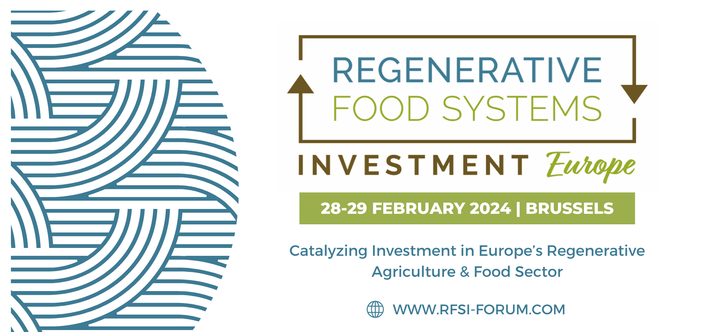Going In-house for SFDR: The Estimated Costs

New sustainability regulation like SFDR can be daunting. Many fund managers are scrambling to come up with their plan for getting SFDR complaint for 2023 and beyond. Proof is helping investors get prepared by providing insight and resources as they undertake the process.
For fund managers who are considering getting the process initially started in-house with their own team, tools and resources, we've outlined the three types of SFDR costs you'll need to consider as you work to become compliant with this relatively new regulation.
❶ Education Costs
Implementing new sustainability reporting regulations can be resource-intensive, requiring the allocation of time and resources to ensure compliance.
In-house Cost Estimates:
↳ TIME: Approx. 100 work hours to locate, review, evaluate, and become familiar enough with the dense regulation
↳ MONEY: Approx. $150k per year to hire an in-house ESG expert that can understand/interpret the regulation and manage to the process.
💡 Pro Tip: Compliance & more detailed definitions are constantly changing. If you are going to kickoff the process in-house to get started, you will need to ensure you stay up-to-date with regulation changes.
✅ How to Save: Consider a consult with an expert advisor or an integrated software platform like Proof that can simplify and automate the compliance process with an in-built digital checklist so that you're continuously up-to-date.
❷ Data Collection and Management Costs
Investors very likely will need to invest in updates to systems and processes to collect and manage the data required for sustainability reporting.
In-house Cost Estimates:
↳ TIME: 50 hours per quarter in email back and forth and aggregating results
↳ MONEY: $80k+ per year for an on-staff analyst to conduct proper data request, reach out, follow-ups, collating, reviewing, and manually aggregating results and preparing documentation for submission
💡 Pro Tip: You and your portfolio companies may quickly tire of data requests and the back-and-forth to manage the collection process. Streamline and automate this as much as possible so that you aren’t causing excess burden by ensuring you are setting up a tool stack that is as specific to the required and selected PAIs as possible.
✅ How to Save: Using a purpose-built ESG compliance tool such as a unified data collection platform like Proof is the quickest way to cost savings for data collection and management. An integrated digital interface allows you to onboard once and set on autopilot for both you and your investments to minimize hassle and overhead costs.
❸ Reporting and Advisory Costs
Investors may need to provide training and education to employees to ensure that they are familiar with the new regulations and able to comply with them.
In-house Cost Estimates:
↳ TIME: 20 hours per quarter to review compliance updates and train staff
↳ MONEY: Financial risks come with interpreting new compliance regulations incorrectly, losing Article 8/9 designation and therefore access to needed/expected capital and facing possible future sanctions.
💡 Pro Tip: When planning to go in-house to get started, consider at least looking to consult with an advisor for third-party expertise before your team begins implementing processes and documentation that might not adhere to requirements.
✅ How to Save: Working with a consultant/advisor and/or using a digital platform to collect, calculate and generate disclosure documentation automatically, can vastly reduce the risks associated with improper in-house implementation of the process and documentation itself. To keep costs lower, start with a digital solution so that — if you choose consultants or legal review — you are only paying for their expertise, not paying top dollar for routine data collection. Digital solutions that offer an automated data collection audit trail can further reduce risk and ensure that regulators immediately have access to reviewing the process itself without additional hours devoted to this task.
Conclusion
Overall, the costs of implementing new sustainability reporting regulations can be substantial, and investors should carefully consider the potential impact on their business when deciding how to best adopt new reporting requirements. Getting the process started in-house can often seem like a quick, low-cost way to begin the SFDR process, but has some expected and unexpected costs that can quickly snowball if not considered up-front.
To get the most out of an in-house approach to get started, be sure to understand the real costs before you begin, and evaluate which areas of the process would benefit from an alternate method.
If you decide that going in-house to get started is the best path for your team, be sure to check out our other guides in this series [Common Pitfalls to Avoid]. If you decide you're ready to translate your team's efforts to a more automated and streamlined solution to reduce cost and gain efficiency, learn more about Proof's digital solution or request a call with our team — we're always happy to help you explore recommended solutions and evaluate if Proof is a good fit for your organization.
––
Still learning about SFDR and/or unsure if you're even required to report? Check out our quickstart SFDR Overview to answer common questions or take our brief SFDR Eligibility Assessment to determine if you need to report under the relatively new EU regulation.

